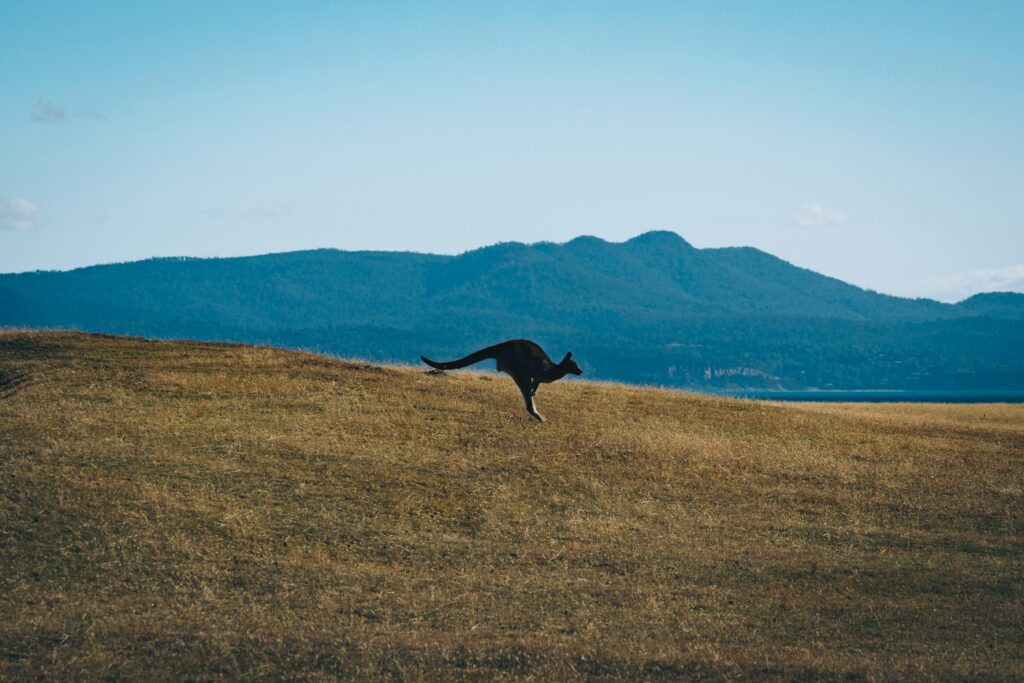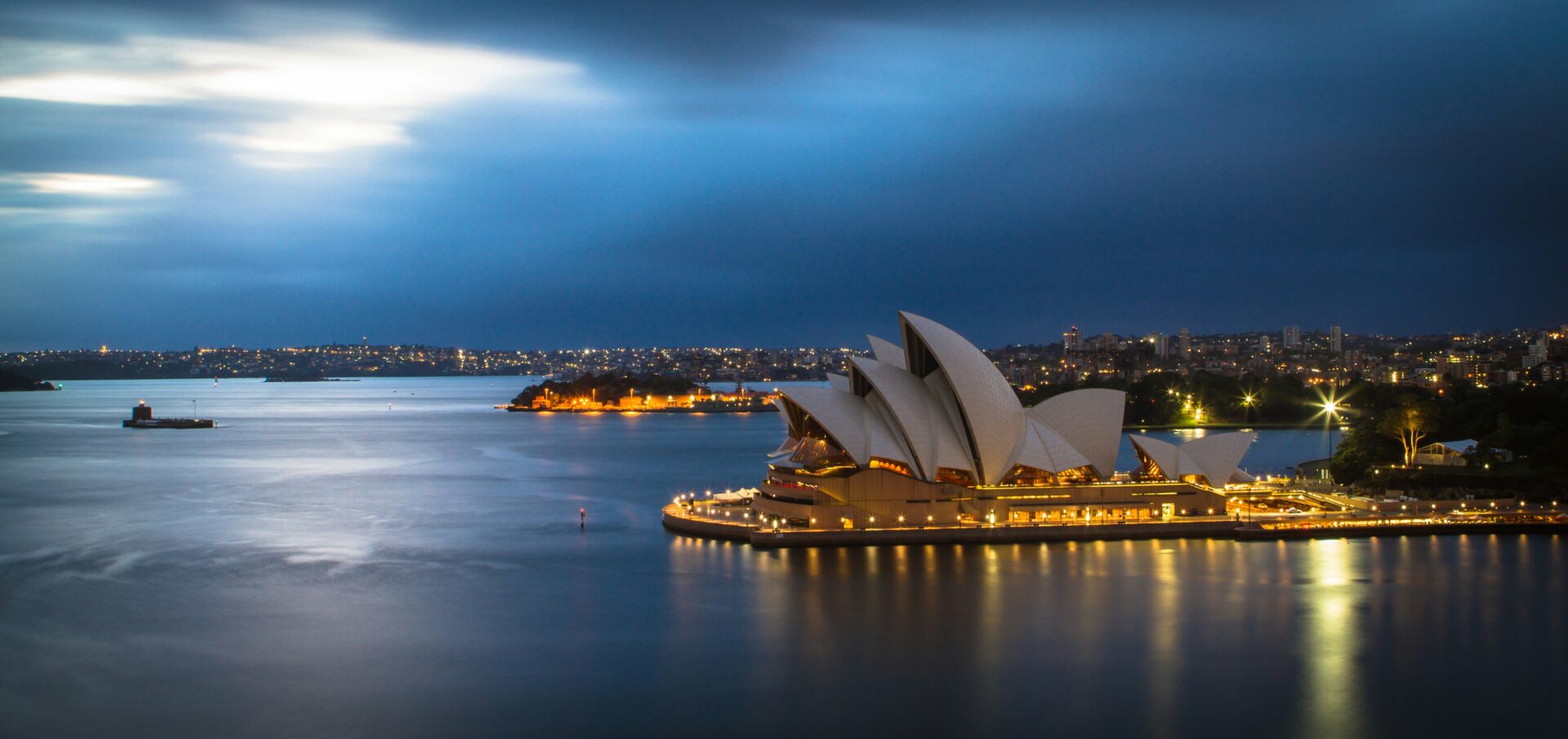Why we love Australia…
Vast and varied, Australia moves between cosmopolitan cities, coral coasts and the rust-red quiet of the outback. Think rainforest canopies alive with birdsong, surf towns built around morning coffee and desert horizons that hum in the heat. From the Great Barrier Reef to Uluru and the Sydney Opera House, its icons tell just part of the story. This guide shares the essentials to know before you go.

Entry Requirements
Australia has a strict entry policy, and travellers must obtain an appropriate visa before arriving. Most international visitors will need to apply for an Electronic Travel Authority (ETA), which allows a stay of up to three months. You can apply online for the ETA via this link.
Please check the government guidance if you are entering or returning to a country other than the UK. If you would like assistance with this, our Operations team will be happy to help.
Your passport should be valid for at least six months beyond the date of your arrival in Australia. It’s also recommended to have at least one blank page in your passport for entry stamps.
Health and safety
We are not certified to give medical advice, but we recommend you consult your doctor or a travel clinic about your vaccination history and discuss any additional vaccinations you may need for your trip to Australia. We recommend this website for travel vaccination information and advice on bringing medication into the country.
Australia is generally safe to travel in, but as with any destination, it’s important to stay aware:
– Australia is home to unique wildlife, including venomous snakes and insects. While encounters are rare, it’s wise to follow local advice on wildlife safety.
– The sun here is intense – even on cloudy days. Use high-factor sunscreen, wear a hat and drink plenty of water, especially in summer.
– If you’re hiking or exploring remote areas, be aware of the risks of bushfires and extreme weather, particularly in the outback.
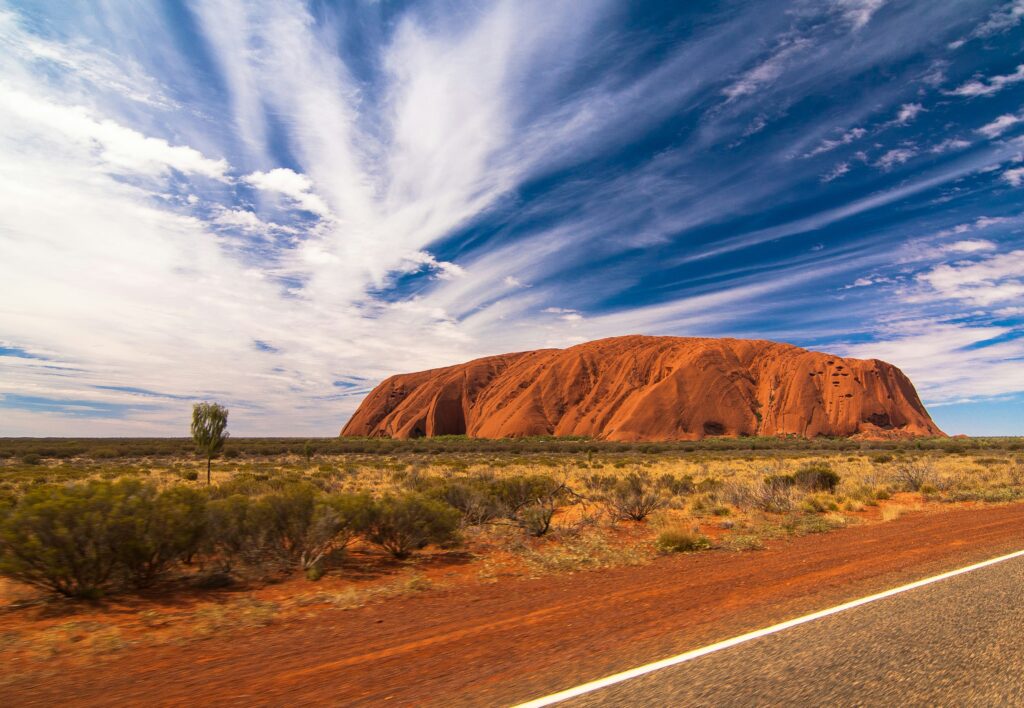
Getting around
Australia’s well-developed transport systems make it easy to explore the country. Here’s how you can get around:
Domestic Flights: Australia is vast, so flying is often the quickest way to cover distance between major cities. Domestic flights are frequent and affordable, especially if booked in advance.
Buses: For long-distance journeys with scenic views, Greyhound Australia and similar services provide comfortable and affordable options.
Taxis & Ride-Sharing: Taxis are available in cities, but ride-sharing apps like Uber and Ola are often easier and cheaper.
Trains: Australia’s rail network includes intercity routes and longer experiences like The Ghan or the Indian Pacific – ideal for slow, scenic travel.
Public Transport: In cities like Sydney, Melbourne, and Brisbane, public transportation systems such as trains, trams, and buses make getting around easy. Most cities offer affordable daily or weekly passes for unlimited travel. Look into travel cards like Opal (NSW) or Myki (VIC) for convenience.

Climate and packing tips
We always recommend that you carry overnight essentials and any medication in your hand luggage, particularly if connecting to an onward destination, in the event of lost luggage or delays.
Australia’s climate varies widely due to its size. Here’s a guide on what to pack depending on the region and season:
Southern Australia (Melbourne, Sydney, Adelaide)
Climate: Mild winters, warm to hot summers.
Pack: Layers, sun cream, good walking shoes.
Northern Australia (Cairns, Darwin, Great Barrier Reef)
Climate: Tropical year-round with a wet season (November-March).
Pack: Light clothing, insect repellent, rain jacket.
Outback Australia (Uluru, Alice Springs)
Climate: Hot by day, cool at night.
Pack: Sunhat, sturdy footwear, reusable water bottle.
Beaches (Gold Coast, Byron Bay)
Climate: Warm summers, mild winters.
Pack: Swimwear, towel, reef-safe sun cream, sunglasses.
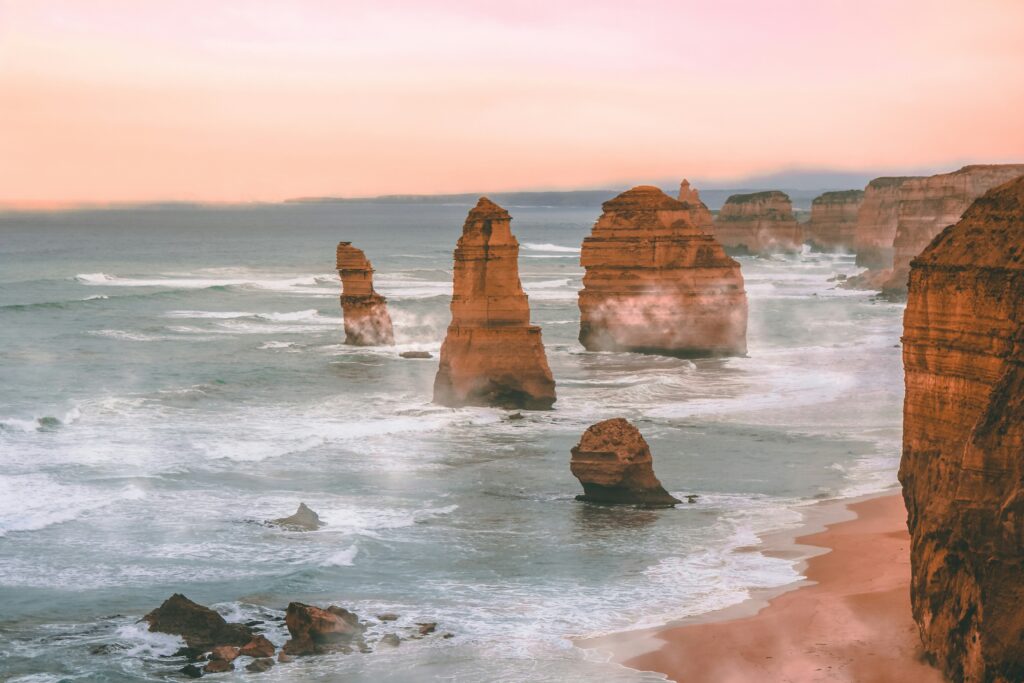
Practicalities
Customs: Australians are known for their friendly and laid-back attitude. In more remote areas, respect for local traditions is important, particularly when engaging with Aboriginal communities.
Tipping: Tipping is not mandatory in Australia, though it is appreciated for excellent service in restaurants and cafes. A tip of ten per cent is considered generous, but rounding up small bills is also common.
Money Matters: Australia’s official currency is the Australian Dollar (AUD). Credit cards are widely accepted across the country, but it’s always a good idea to have some cash, especially in remote areas or smaller towns.
Plug Type: Australia uses plug type I (three flat pins in a triangular pattern) and operates on a 230V supply voltage and 50Hz frequency. Make sure to bring an adapter if your devices use a different plug type.
Flights/Time Zone: Direct flights to Australia are available from many international airports, including Los Angeles, London, and Singapore. Major entry points include Sydney, Melbourne, and Brisbane.
Australia operates on several time zones across the country:
Australian Eastern Standard Time (AEST): GMT +10
Australian Central Standard Time (ACST): GMT +9.5
Australian Western Standard Time (AWST): GMT +8
Note: Some states observe daylight saving time – so check ahead.
Language: The official language is English, and it’s widely spoken across the country. However, you may hear some local slang or phrases, so don’t hesitate to ask if you’re unsure. Australia’s diverse population also means you’ll hear a variety of other languages, including Mandarin, Italian, and Greek.
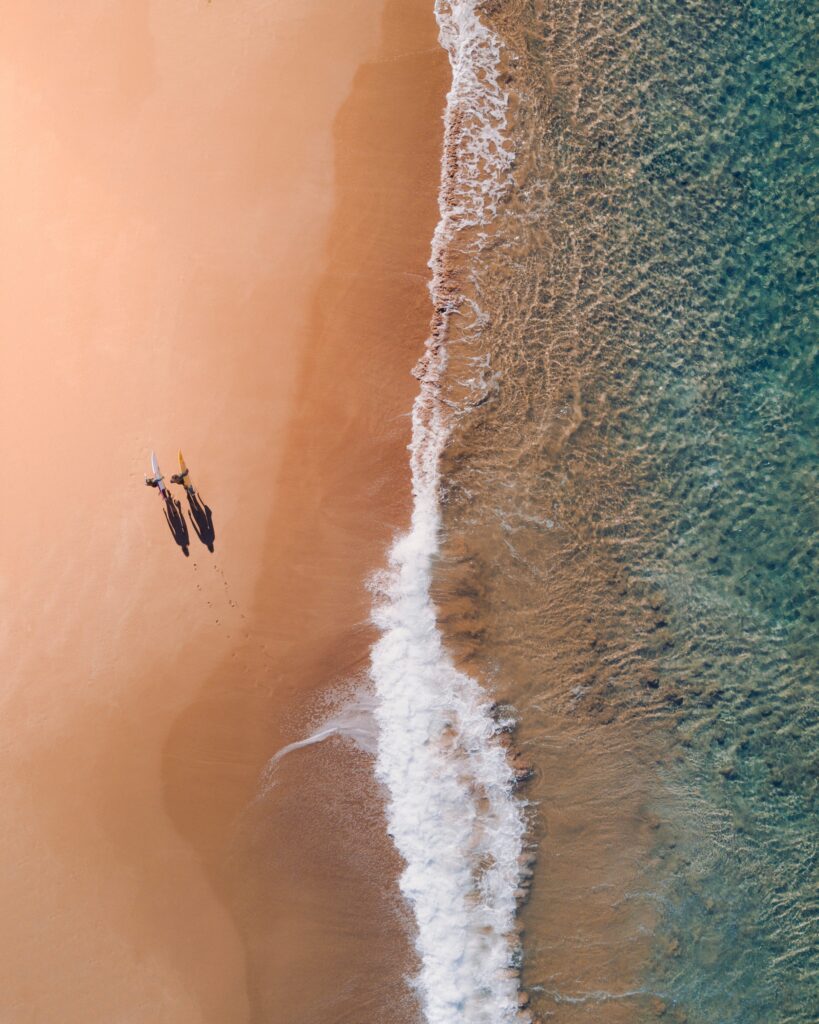
Food
Australian cuisine is diverse thanks to its multicultural population and abundant local produce. Famed for beachy brunch spots and being the supposed birthplace of Pavlova, here are a few foods you can expect to see on your trip:
Vegemite: A salty spread made from yeast extract, usually served on toast for breakfast.
Pavlova: A meringue-based dessert topped with fresh fruit, believed to have originated in Australia or New Zealand.
Meat Pies: Savory pies filled with minced meat, gravy, and vegetables, often enjoyed as a quick snack or meal.
Barbecue (BBQ): Australians love to grill! A classic Aussie BBQ includes sausages (called “snags”), steaks, and seafood.
